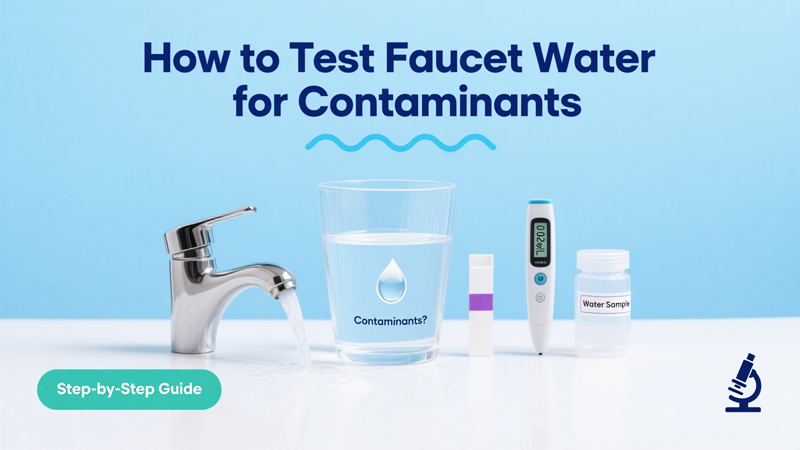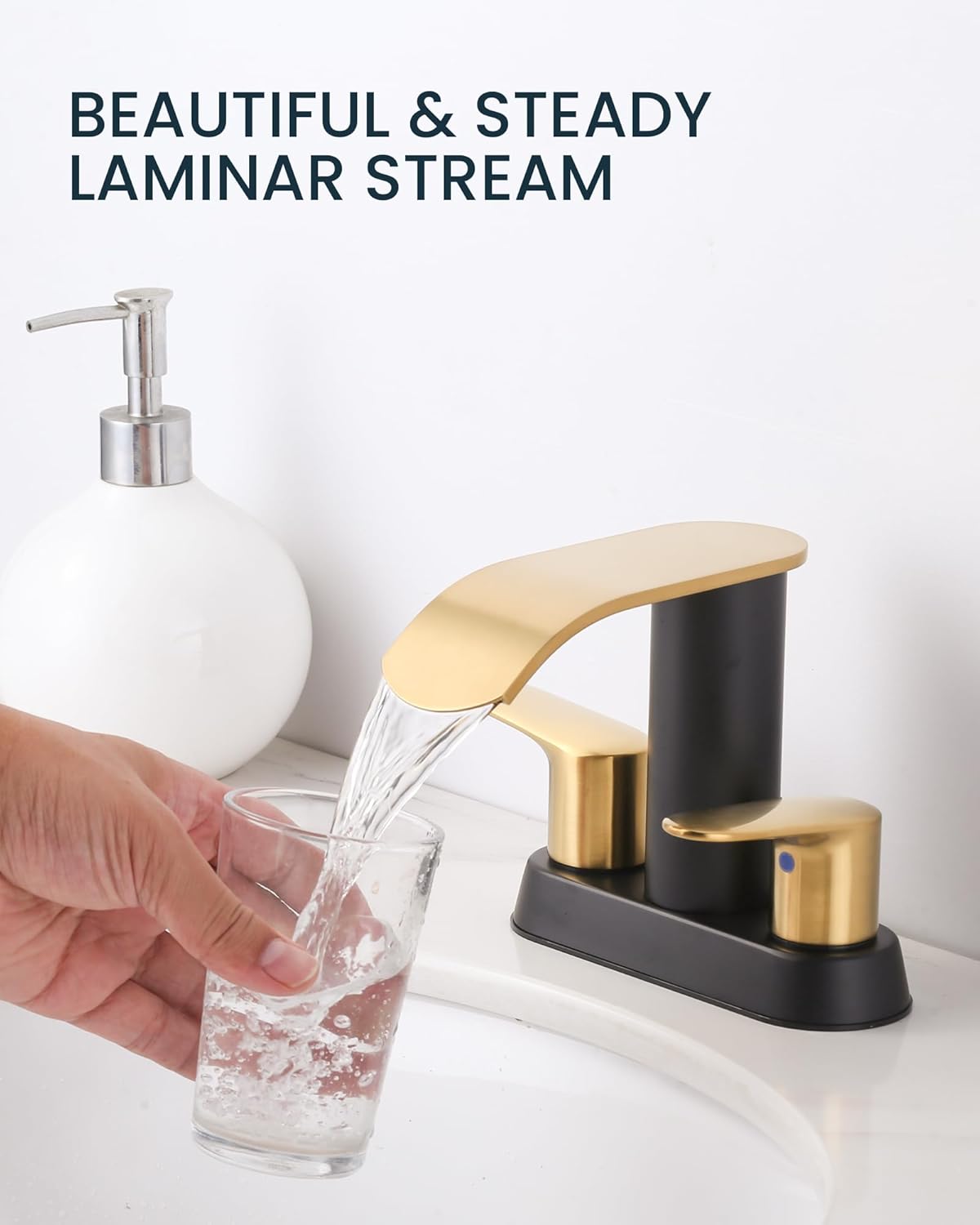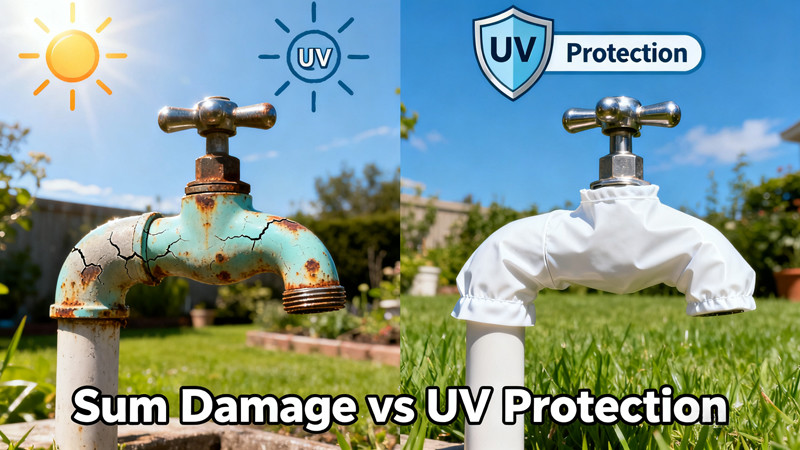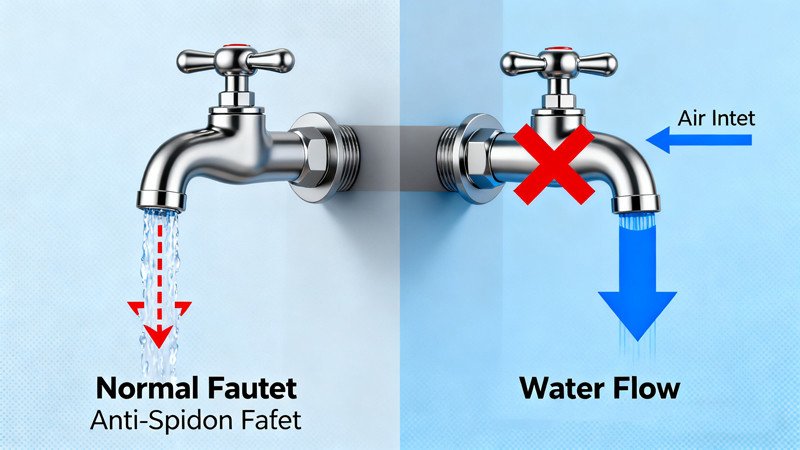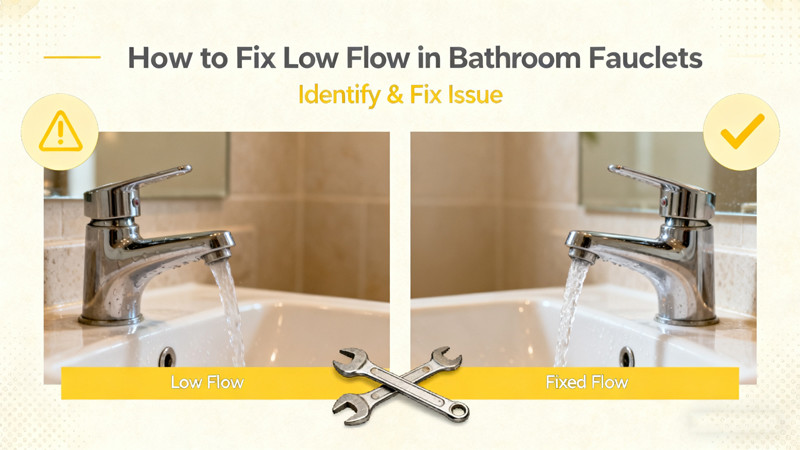Clean water is something most of us take for granted—turn on the faucet, and we expect safe, refreshing water to flow. Yet, water quality can vary greatly depending on where you live, the age of your plumbing, and even seasonal changes in your municipal supply. Contaminants such as lead, chlorine, pesticides, bacteria, and heavy metals can find their way into your tap water, posing health risks if left unchecked. Testing your faucet water for contaminants is a proactive step that ensures your family’s drinking water is safe and healthy.
In this guide, we’ll cover why testing is important, the types of contaminants to look for, different testing methods, and how to interpret results so you can make informed decisions about water treatment solutions.
Why You Should Test Your Faucet Water
Water may look crystal clear, but contaminants are often invisible to the naked eye. Some substances, like chlorine, may be noticeable due to taste or smell, but harmful elements such as lead or arsenic have no color, odor, or flavor. Regular testing offers several benefits:
- Protects health: Contaminated water can cause both short-term illnesses (such as stomach upset from bacteria) and long-term health issues (like lead poisoning or kidney problems from heavy metals).
- Ensures compliance: If you rely on a private well, no government agency is monitoring your water. Testing ensures your water meets safety standards.
- Identifies plumbing problems: Old pipes can leach lead, copper, or rust particles into your water. Testing highlights these risks.
- Supports treatment choices: Understanding which contaminants are present helps you select the right filtration system—whether it’s a carbon filter, reverse osmosis, or UV purifier.
- Peace of mind: Even if your water supply is generally safe, testing provides reassurance for you and your family.
Common Contaminants in Faucet Water
Before you test, it’s useful to know what you might be looking for. Here are some of the most common faucet water contaminants:
- Lead: Often leaches from old pipes, solder, or brass fixtures. Even small amounts are dangerous, particularly for children.
- Chlorine and chloramine: Added by municipalities to disinfect water. They can affect taste, smell, and cause skin irritation.
- Bacteria and viruses: Microorganisms such as E. coli or coliform bacteria may enter through cracked pipes or groundwater contamination.
- Nitrates: Common in agricultural areas due to fertilizer runoff, dangerous for infants and pregnant women.
- Heavy metals: Arsenic, mercury, and cadmium can come from industrial pollution or natural deposits in groundwater.
- Fluoride: While often added to protect teeth, too much fluoride can cause dental or skeletal issues.
- Sediment and rust: From corroded plumbing or aging water mains, affecting clarity and taste.
Methods of Testing Faucet Water
There are several ways to test faucet water for contaminants, ranging from quick DIY kits to professional laboratory analysis.
1. Home Test Kits
These kits are widely available online or at hardware stores. They usually include test strips or small vials with reagents that react with contaminants. Common tests cover chlorine, lead, nitrates, hardness, and pH.
- Pros: Affordable, easy to use, quick results.
- Cons: Limited accuracy and scope; may not detect all contaminants.
2. Digital Water Testers
These handheld meters measure parameters like pH, Total Dissolved Solids (TDS), and electrical conductivity. While they don’t identify specific contaminants, they provide a general sense of water quality.
- Pros: Reusable, convenient, fast readings.
- Cons: Doesn’t specify which contaminants are present.
3. Professional Laboratory Testing
For the most comprehensive results, send a water sample to a certified lab. Laboratories can test for hundreds of potential contaminants, including bacteria, heavy metals, and pesticides.
- Pros: Highly accurate, detailed, meets regulatory standards.
- Cons: More expensive, results take longer.
4. Municipal Water Reports
If you are connected to a public water system, your utility is required to provide an annual Consumer Confidence Report (CCR). This report outlines detected contaminants and whether they meet safety standards.
- Pros: Free, detailed, legally required.
- Cons: Doesn’t account for contaminants picked up in your home plumbing system.
How to Collect a Sample for Testing
Accurate results depend on proper sample collection. Follow these steps:
- Choose the right faucet: Use a frequently used tap, usually the kitchen sink. Avoid outdoor spigots or faucets with water filters attached.
- Clean the faucet: Remove any aerator and clean the spout to prevent debris contamination.
- Run water: Let the water run for a few minutes before collecting your sample. For lead testing, however, you may need a “first-draw” sample after water has been sitting overnight.
- Use a clean container: If using a lab test, follow the container instructions carefully—some samples require preservatives.
- Seal and store properly: Keep samples cool and send them to the lab promptly if required.
Interpreting Test Results
When you receive your results, compare them against the EPA’s Maximum Contaminant Levels (MCLs) or your country’s drinking water guidelines. Here’s what to look for:
- Within safe limits: If all contaminants fall below MCLs, your water is generally safe.
- Slightly above limits: You may need a targeted filter for specific contaminants like chlorine or nitrates.
- Well above limits: Stop drinking the water immediately and consider alternative water sources while addressing the problem.
What to Do if Contaminants Are Found
Finding contaminants doesn’t necessarily mean you need to panic—but you should take action. Solutions may include:
- Install a filtration system: Activated carbon filters remove chlorine, pesticides, and some organic chemicals. Reverse osmosis systems target heavy metals and nitrates. UV purifiers kill bacteria and viruses.
- Replace plumbing: Old lead pipes or corroded fittings may need replacement to eliminate contamination at the source.
- Regular maintenance: Change filters as recommended and retest water periodically.
- Report issues: If contaminants originate from municipal supply, contact your water provider for support.
How Often Should You Test Your Water?
- Municipal supply: At least once a year, especially if your home has old plumbing.
- Private wells: Twice a year—once for bacteria and once for nitrates, plus more extensive testing every few years.
- After major changes: If there’s construction, flooding, or new plumbing, retest to ensure safety.
Final Thoughts
Testing your faucet water for contaminants is not just about peace of mind—it’s about protecting your health and your family’s well-being. Whether you choose a simple home test kit, a digital meter, or a professional laboratory, regular testing provides valuable insight into the safety of your drinking water. With the results in hand, you can take steps to eliminate contaminants, install the right filtration system, and ensure that every glass of water from your faucet is as clean and refreshing as it should be.
 WOWOW Faucets
WOWOW Faucets